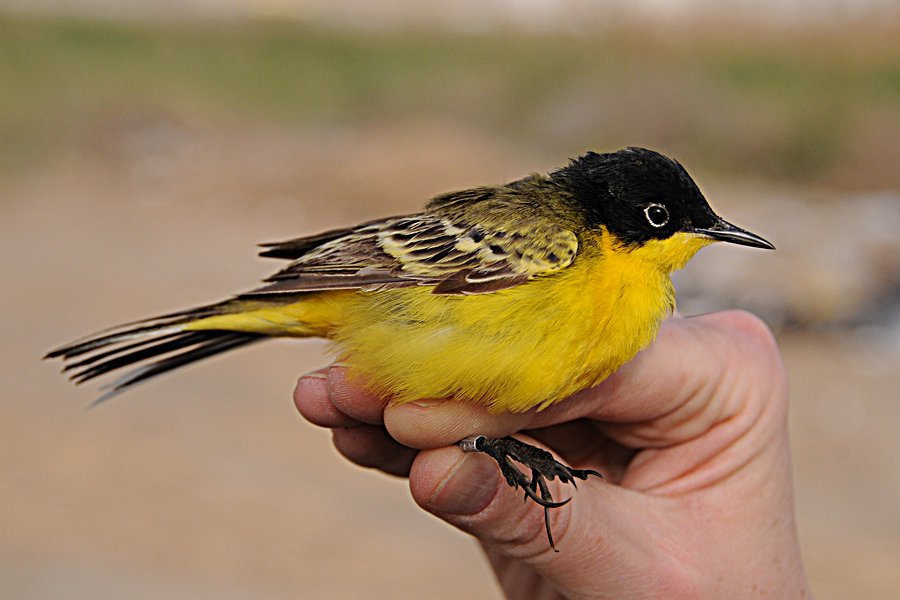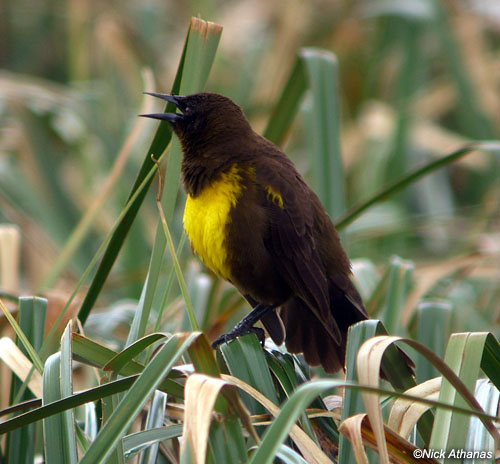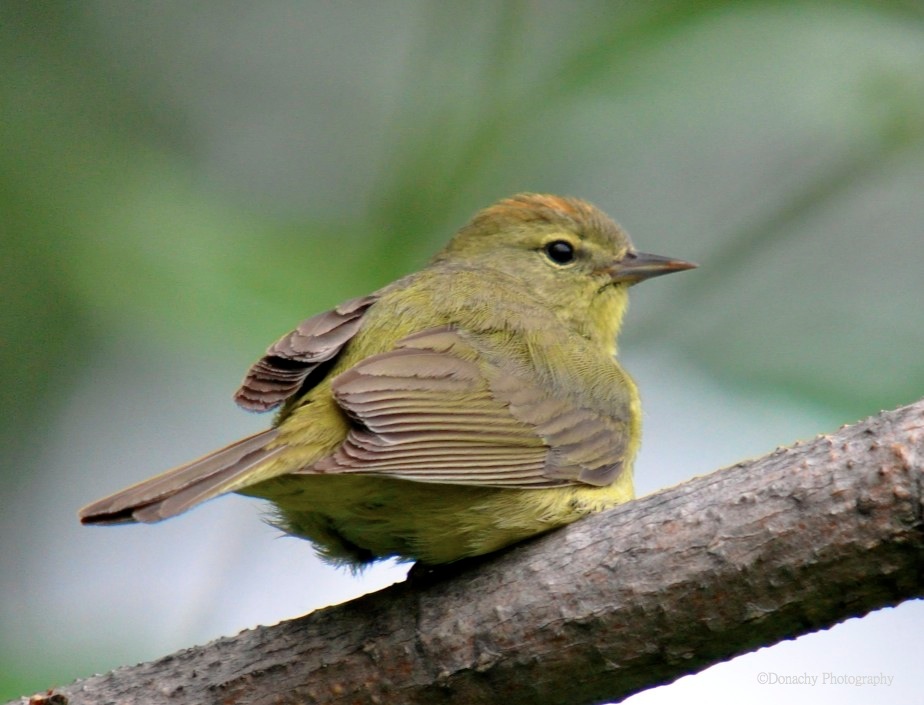
Pseudoleistes virescens
TAXONOMY
Agelaius virescens Vieillot, 1819, near Buenos Aires, Argentina.
OTHER COMMON NAMES
French: Troupiale dragon; German: Drachenstдrling; Spanish:
Dragуn, Pechiamarillo Chico.
PHYSICAL CHARACTERISTICS
8–9 in (21–24 cm); female 2.3 oz (64 g), male 3.1 oz (88 g).
Sexes similar in color. Body (including flanks), wings, and tail
olive brown; breast, belly, and undertail-coverts, and epaulet
bright yellow; bill black. Juveniles like adults, but duller, with a
yellowish throat, and brown streaking across breast.
DISTRIBUTION
Resident in extreme southern Brazil, Uruguay, and northeastern
Argentina.
HABITAT
In and near marshes and adjacent grasslands and agricultural
fields.
BEHAVIOR
Territorial during the breeding season. Once mated, the pair
travel together. In winter, they tend to be found in flocks, often
large flocks.
FEEDING ECOLOGY AND DIET
Brown-and-yellow marshbirds forage almost exclusively on the
ground, often at the edge of a marsh or in a plowed field.
They thrust their bills into the ground and gape to expose
food (invertebrates and seeds).
REPRODUCTIVE BIOLOGY
Monogamous. Nests are placed in marshes, but often in vegetation
at the edge of marshes; they also nest in wet roadside
ditches. Females build the nest that often is placed in the center
of a tuft of pampas grass. Clutch size is 4–5 eggs, which are
laid late September–December. Information on incubation and
fledging are not available. Often several “helper” adults will
help feed the young in a nest; the relationship of these adults
to the young is not known.
CONSERVATION STATUS
Not threatened. Common to locally abundant.
SIGNIFICANCE TO HUMANS
None known, although they may be agricultural pests in
some areas.
Photo Gallery of - Brown-and-yellow marshbird




 Animalia Life
Animalia Life